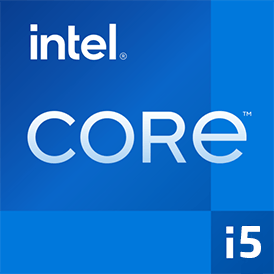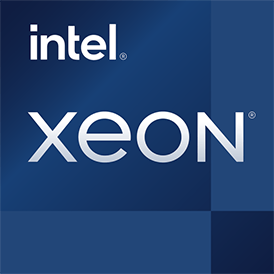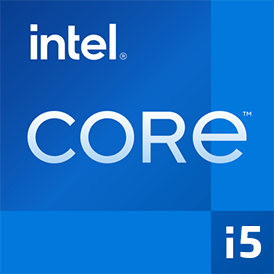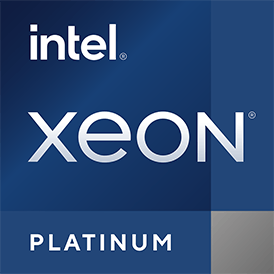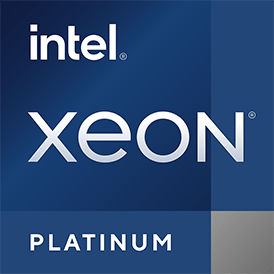Comparison of Intel Arc A580 Graphics video card vs GIGABYTE Radeon R9 Nano video card by specs and benchmarks. Intel Arc A580 Graphics runs at 1.700 GHz base clock speed and has 8 GB of GDDR6 memory, while video card GIGABYTE Radeon R9 Nano runs at 1.700 GHz base clock speed and has 4 GB of HBM memory. The weight is different, -- vs --. The TDP of the first video card is 175 W, and the second is 175 W . Compare the benchmark results to find out which video card is better.


 Russian
Russian  Germany
Germany  Portuguese
Portuguese  Italian
Italian  French
French  Japan
Japan  Spanish
Spanish  Polish
Polish  Chinese
Chinese 


